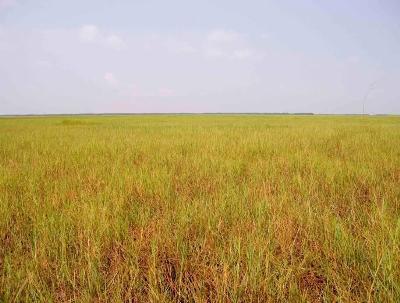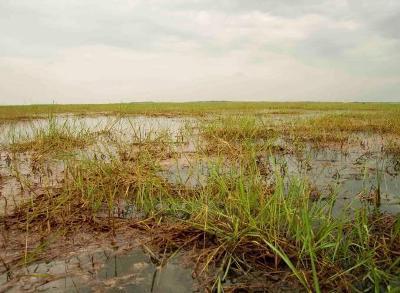Hoa Nguyen
This project aims to determine the current composition and densities of the grassland bird community at Tram Chim.

Site A - Is situated on the edge of the highland area and therefore displays a variety of flooding conditions.
Tram Chim National Park is the last remnant of once vast seasonally inundated grassland Plain of the Reef ecosystem. The original hydrological conditions in the area were controlled by monsoon rainfall and overbank flooding from the Mekong River that would inundate the region to a depth of 2-3m. In the dry season the grasslands were feeding ground for many bird populations. This unique ecosystem has been significantly modified during reclamation in the 1980s. A large canal network excavated across the area to lower wetland water tables has resulted in the collapse of the complex food-web.

Site Y - Is bordered on nearly all sides by Melaleuca stands of various ages, with only one corridor to the northwest.
In response to these changes, the dikes and canals around Tram Chim were constructed with a view to reducing risk of grassland and Melaleuca fire. The isolation of the area within the dikes had a number of negative impacts. Deeper water species have benefited at the expense of those which once prospered. Invasive species, include the notorious Mimosa pigra, are also now a serious problem within the park. Eleocharis spp also do not produce below ground tubers under the current water level regime. This has implications for the park’s flagship species, the Sarus Crane Grus antigone, which favours Eleocharis tubers as a food source.
An ecologically sound water management of Tram Chim seeks to maintain and improve the health and character of the park’s habitats and ecosystem whilst balancing the risk of uncontrolled fire within the park. My project will focus to answer specific research questions:
(i) What is the current composition and densities of the grassland bird community at Tram Chim? I will compare these data to those in 1993 which had relatively drier conditions. Differences, if any exist, will be hypothesized as being due to high water levels maintained.
(ii) What habitat features appear to influence avifauna presence? I will develop models of vegetation and water characteristics that can likely predict future bird abundance for common grassland bird species under different water management regimes.
(iii) How might these features be impacted by high-water management in the park? My research’s outcomes will provide management interventions, expectedly the draw-down of current water levels in dry seasons, in order to mimic hydrological processes characteristic of the pre-existing wetland and manage feeding habitat for local bird populations.
The long-lasting contribution to conservation in Tram Chim also will be made by increased capacity of local rangers actively participated in the project’s fieldwork survey and in data interpreting.